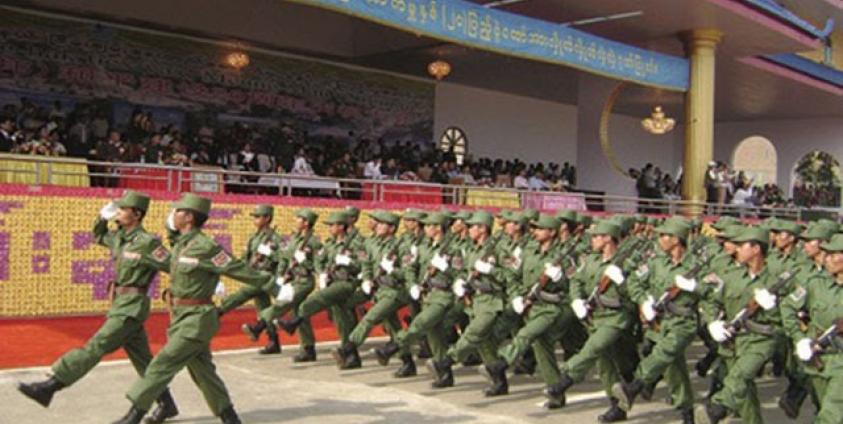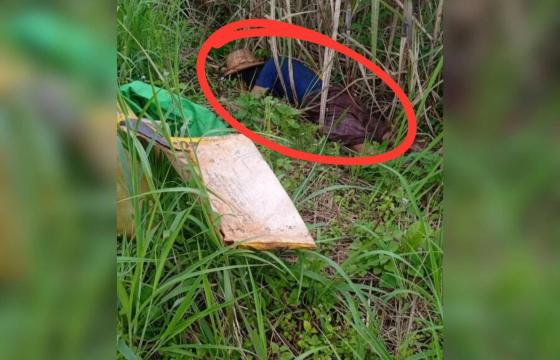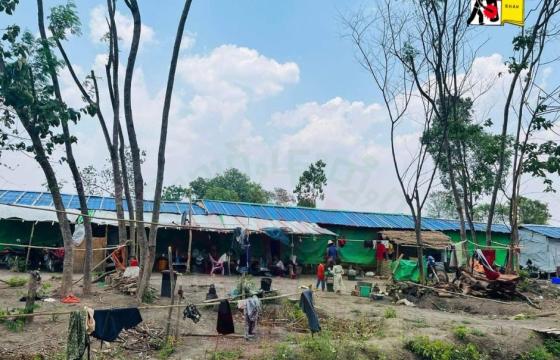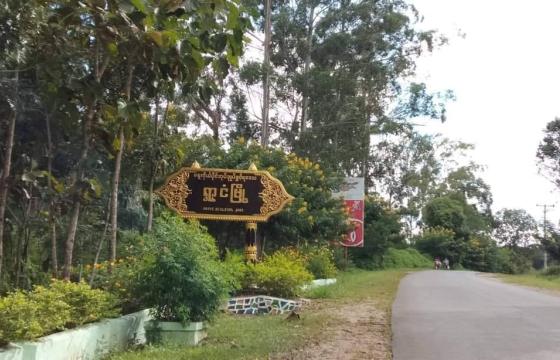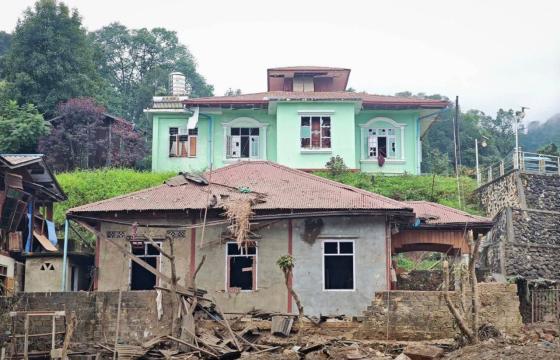The Burmese armed forces have ordered the United Wa State Army (UWSA) to withdraw all its troops from territory under the control of the National Democratic Alliance Army (NDAA) in and around the town of Mongla in eastern Shan State.
According to Luo Zai Nub, an official from the UWSA, the demand was passed down on October 22, giving the Wa Army a deadline of October 24 to remove its units from the area in question.
“We and the Mongla are brothers,” he said. “We are here to support each other. We have been here since 2009. We cannot move out if we do not get orders from our headquarters.”
Luo Zai Nub said that on the same day as the official request, two Burmese government military jets flew overhead. The following day, Sunday, another four planes conducted reconnaissance missions over Mongla, which borders China.
According to a local resident, who wished to remain anonymous, on Sunday afternoon the Burmese army closed Tarping Bridge checkpoint, the main thoroughfare between Mongla and Kengtung. But while commercial vehicles and civilians were prevented from passing, Burmese military trucks, artillery, weapons and soldiers were seen being deployed into the Mongla region.
Local sources confirmed that at 10am on Saturday, two military planes flew over Loi Kiusai and Loi Hsarm Hsoom bases, which are NDAA strongholds that were seized by UWSA forces on September 28. The local sources also confirmed that four planes flew over the following day, including a sweep of the NDAA Brigade 911 base at Nampan.
Meanwhile, Burma’s military Operations Command in eastern Shan State’s Mongsat district has alleged that the UWSA has maneuvered troops into Mong Pulong area.
NDAA territory is self-administered by the Mongla group and is officially known in Burma as Special Region 4. The NDAA and the UWSA have a long history of close relations; however recent tensions on the ground appear to have been initiated when Wa representatives tried to coerce the NDAA into only sending a low-level delegation to attend the 21st Century Panglong Conference, which began on 31 August. The peace talks were headed by Burma’s State Counselor Aung San Suu Kyi and gathered chief delegates from almost every faction and group in the country. In the end, the NDAA’s leader Sai Luen himself attended the conference.


